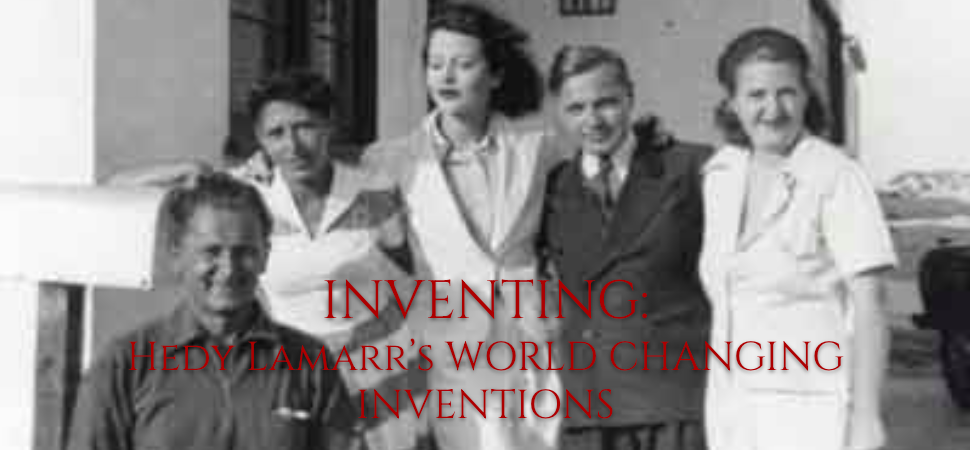"I got the idea for my invention when I tried to think of a way to even the balance for the British. A radio controlled torpedo I thought would do it.
~Hedy Lamarr, speaking in an article about her invention
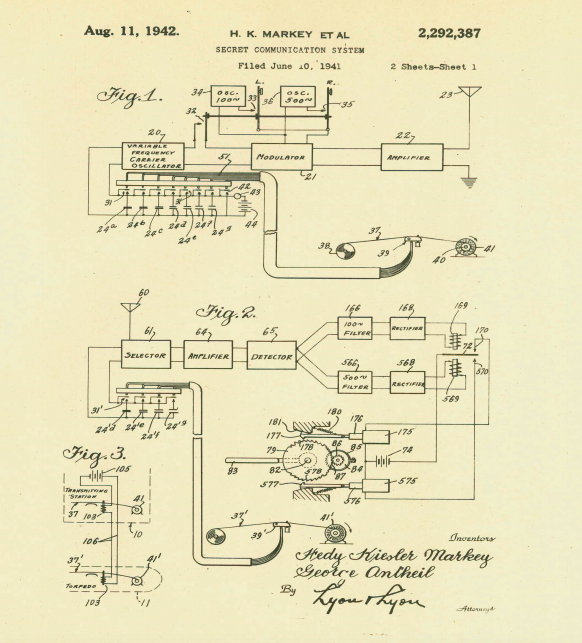
(National Archives at Kansas City Newsletter)
Lamarr and Antheil's patent could have significantly decreased
the duration of World War II, had it been implemented at the time
Years Without Credit
This spread-spectrum method of contact would have been used to communicate with radio-controlled torpedoes, however, the idea was not implemented until the 1980s. This was partly due to the mindset of the time period, where many believed that a young actress like Lamarr could not contribute to the technological world.
Patent Acceptance
Years later, Lamarr discovered that her patent had been put to use in military communication. By the time of the Cuban missile crisis in 1962, every navy ship that President Kennedy sent to Cuba was equipped with frequency hopping technology. Her patent was sent to a contractor, Romulus Irenus ‘Scibor-Marchoki, who used it in 1955 to create the Sonobuoy, a floating submarine communication device. Using Lamarr’s patent without credit, the military created modern-day methods of wartime communication. Though she was rebuffed in the past, her frequency hopping technology would help develop methods of communication now taken for granted, such as Bluetooth, WiFi, and wireless networks.
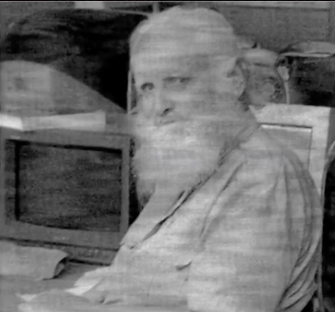
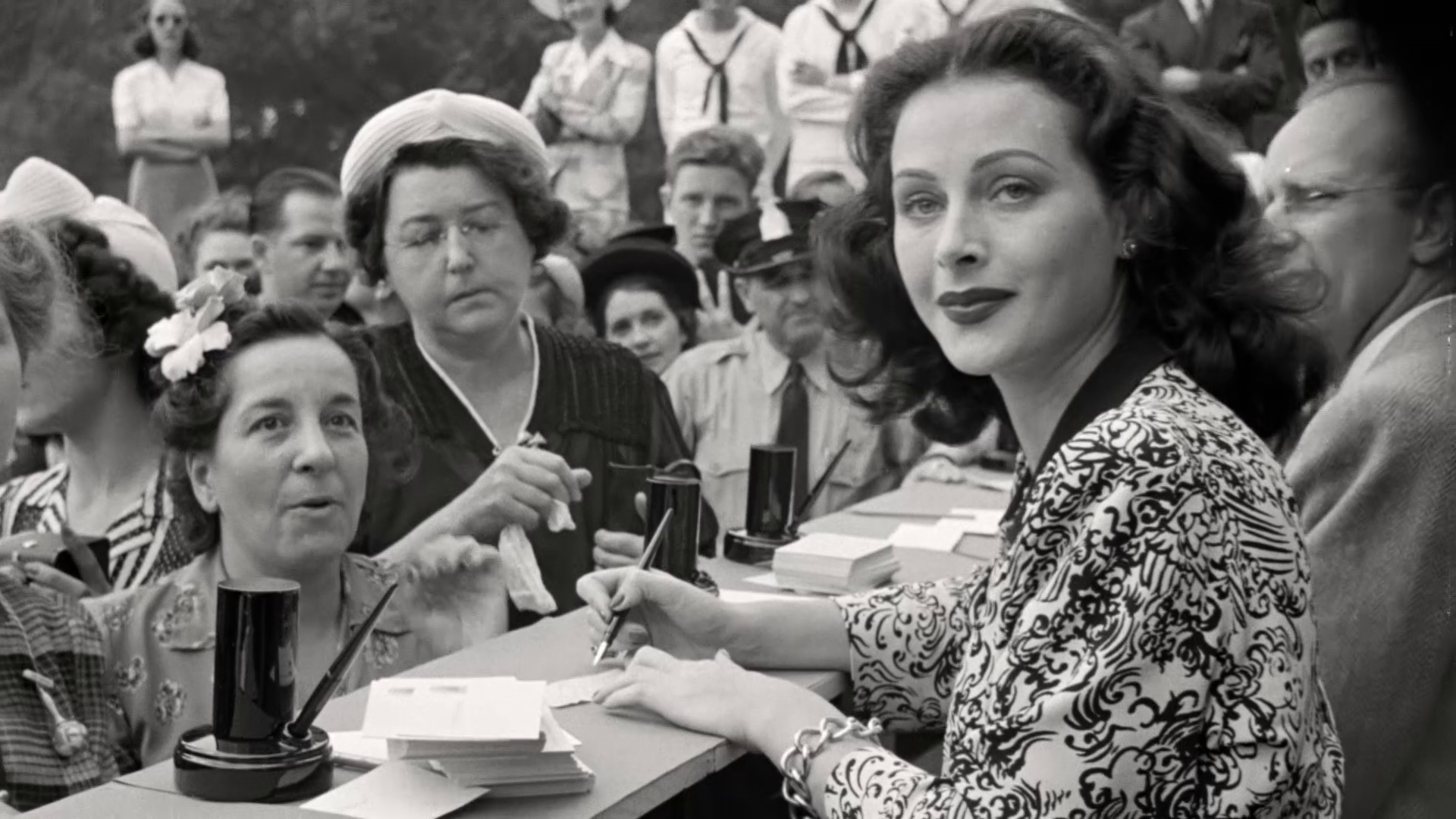
(PBS LearningMedia)
Hedy Lamarr signing war bonds to help the military in place of
the military accepting her patent.
(Bombshell: The Hedy Lamarr Story)
A portrait of Romulus 'Scibor
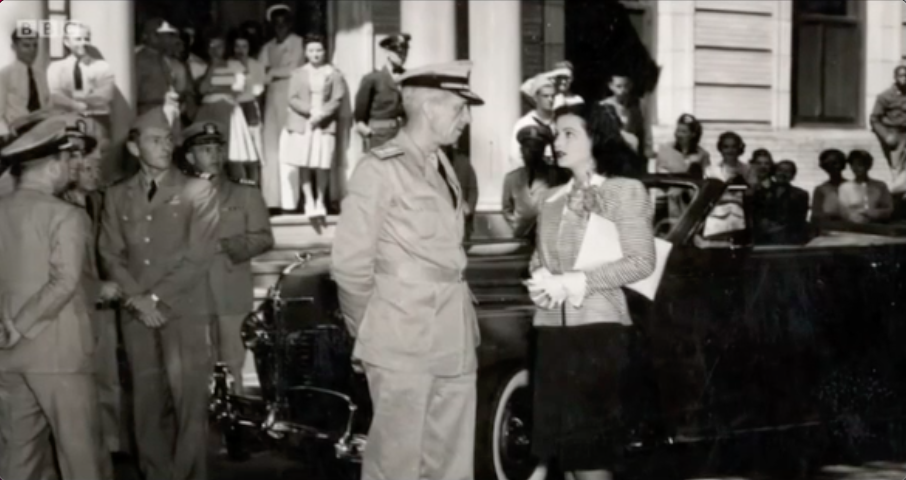
(Bombshell: The Hedy Lamarr Story)
Hedy Lamarr presenting her patent to the military
Recognition At Last
Once her contributions were uncovered in 1997, she was honored with a Pioneer Award. Without Lamarr’s designs, the long-distance communication known today would not exist.
(Bombshell: The Hedy Lamarr Story)
Lamarr no longer wished to be seen in public,
so her son presented a recording of her accepting the honor.
Today, Lamarr's work in frequency hopping is recognized
for providing the foundation for many modern communication
methods, including WiFi, Bluetooth, and GPS.

